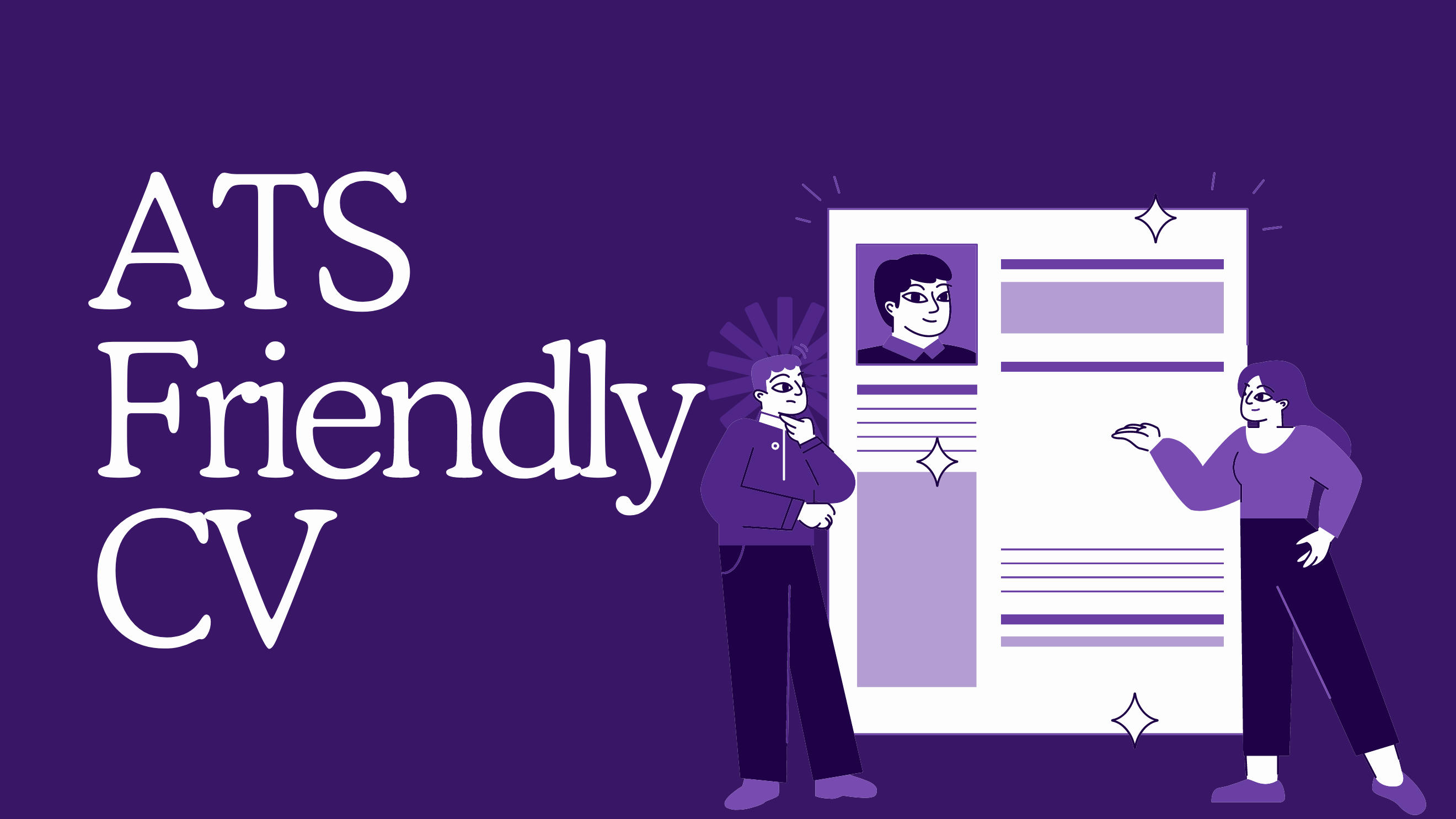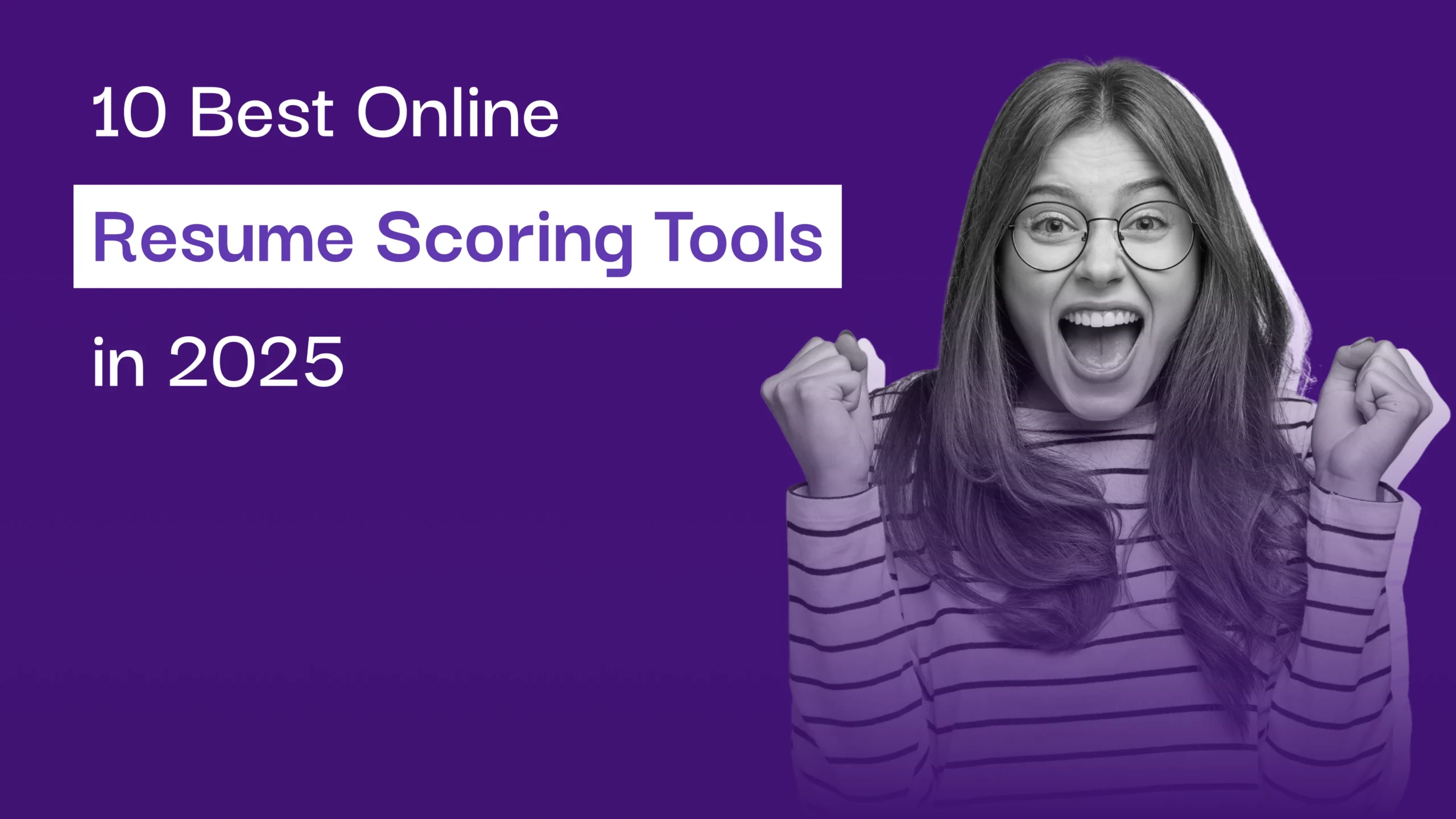It scans, tracks, and ranks CVs based on keywords and formatting. To ensure your CV makes it through the initial screening, you need to optimize it for ATS.
Here’s how to create an ATS-friendly CV:
1. Understand the ATS Process
When you submit your CV online, it usually goes straight into an ATS database. The system scans your CV for specific keywords related to the job description and ranks your qualifications accordingly. If your CV isn’t formatted correctly or lacks the right keywords, it may never be seen by a human recruiter.
2. Use the Right Keywords
Find and Use Relevant Keywords:
Carefully read the job description to identify the keywords and phrases frequently mentioned. These often include job titles, required skills, and industry-specific terms. Incorporate these keywords naturally into your CV, ensuring they match your actual experience and skills.
Exact Match Keywords:
Use keywords exactly as they appear in the job description. For instance, if the job description asks for “leadership experience,” make sure to use that exact phrase in your CV.Include both full terms and their acronyms (e.g., “Customer Relationship Management (CRM)”).
3. Optimize Your CV Format
Chronological Format:
The most ATS-friendly CV format is the reverse chronological format. This lists your work experience from the most recent to the oldest. It clearly shows your career progression and is easily parsed by ATS software.
Standard Headings:
Use traditional section headings like “Work Experience” “Education” and “Skills” Avoid creative or nonstandard headings, as they might confuse the ATS.
4. Follow ATS-Friendly Formatting
Simplicity is Key
Use a simple, clean design. Avoid using tables, graphics, or special characters, as they can disrupt the ATS parsing process.
Font and Size
Stick to commonly used fonts like Arial, Calibri, or Times New Roman. Use a font size of 11-12 pt for regular text and 14-16 pt for section titles.
Bullet Points
Use standard bullet points (e.g., circles or squares) to list your responsibilities and achievements. This makes your CV easy to read for both ATS and human recruiters.
Avoid Headers and Footers
Do not place important information in headers or footers, as many ATS may not read these sections.
5. Tailor Each CV to the Job
Customize your CV for each job application. This may seem time-consuming, but it significantly increases your chances of passing the ATS screening. Align your skills and experiences with the job requirements and ensure the relevant keywords are prominently featured.
6. Test Your CV
CV Scanners:
Use tools like avua Idealmatch to test your CV. These tools compare your CV against the job description and provide a match score. They also suggest improvements, such as additional keywords or formatting adjustments.
Proofread:
Always proofread your CV for any spelling or grammatical errors. Even a small mistake can impact your chances of making it through the ATS.
Additional Tips
- File Format: Submit your CV in the format specified by the job listing, typically a Word document or PDF. Most modern ATS can read PDFs, but some older systems may not.
- Avoid Keyword Stuffing: Use keywords naturally and in context. Overloading your CV with keywords can make it hard to read and may be flagged by recruiters.
- Regular Updates: Keep your CV updated with your latest job experiences, skills, and accomplishments to ensure it remains relevant.
Creating an ATS-friendly CV involves strategic keyword usage and straightforward formatting. By tailoring your CV to each job and following these guidelines, you increase your chances of getting noticed by both ATS and hiring managers. Use tools like avua Idealmatch to refine your CV, and always proofread carefully to avoid any errors. Following these steps can significantly enhance your job application success rate.



